
Lower Blood Sugar Naturally by Training Just Two Leg Muscles
Lower Blood Sugar Naturally by Training Just Two Leg Muscles
Do you wish you could lower your blood sugar starting today—without adding another pill to your routine? Here’s some good news: your body already has a built-in system for blood sugar control, and it’s right there in your legs. Believe it or not, two of your leg muscles can become powerful allies in your journey toward better glucose balance and lasting health.
The Secret Power Hidden in Your Legs
Strong legs aren’t just for athletes or fitness enthusiasts. Beyond helping you walk, climb stairs, or chase after your kids, your leg muscles are metabolic engines that can help regulate your blood sugar naturally. When these muscles are active, they pull glucose directly from your bloodstream to use as fuel—sometimes even without insulin’s help. The more you move and strengthen them, the better your body becomes at using insulin efficiently and keeping your glucose levels stable.
The beauty of this approach is its simplicity: you don’t need expensive gym memberships or complicated workout plans. Just learning how to engage two specific muscle groups—the quadriceps (your front thigh muscles) and the soleus (a deep calf muscle)—can make a remarkable difference in how your body handles sugar.
Key Takeaways
-
Your legs are natural glucose sponges. The large muscles in your lower body, especially the quads and soleus, are some of the most effective tools for lowering blood sugar.
-
Movement is medicine. When you activate these muscles, they soak up glucose from your bloodstream, helping improve insulin sensitivity.
-
Bigger, stronger quads mean better control. Studies consistently show that people with stronger quadriceps tend to have lower insulin resistance.
-
Your soleus is a quiet powerhouse. Though small and often overlooked, this endurance-focused calf muscle is incredibly efficient at burning glucose for long periods.
-
You can do it anywhere. These exercises require no special equipment or gym access—just your body and a few minutes each day.
-
Stretching supports the process. Gentle stretching boosts blood flow, flexibility, and may even help muscles absorb glucose more effectively.
1. The Powerhouse in Your Thighs: The Quadriceps
Your quadriceps—or “quads”—are a group of four large muscles on the front of your thighs. They extend your knees, which means you use them constantly: walking, running, climbing stairs, or simply standing up from a chair. But their importance goes far beyond daily movement.
Recent research reveals a strong link between quadriceps size and insulin resistance. The smaller or weaker your quads, the more likely you are to experience insulin resistance. As we age, muscle naturally begins to shrink (a process called sarcopenia), which can make it harder for your body to manage glucose efficiently.
Think of your muscles as storage tanks for glucose. The bigger and stronger the tanks, the more sugar they can safely hold after a meal. When muscles shrink, there’s less space for glucose to go—leaving more sugar to circulate in your bloodstream. That’s why maintaining strong thighs isn’t just about fitness—it’s about long-term health and blood sugar balance.
2. Simple Quad-Strengthening Exercises You Can Do at Home
You don’t need a gym or fancy machines to build stronger quads. With consistency and good form, you can see real results right at home.
1. Squats:
The king of all leg exercises. Stand tall with your feet shoulder-width apart, lower yourself as if you’re sitting in a chair, then return to standing. Keep your chest lifted and your knees aligned over your feet. Beginners can start with “chair squats,” sitting and standing from a real chair without using your hands.
2. Seated Leg Extensions:
Sit on a sturdy chair, back straight, feet flat. Lift one leg until it’s parallel to the floor, hold for 10–15 seconds, then lower slowly. Switch legs. This gentle move isolates the quads and can be done even while watching TV.
3. Lunges:
From standing, step one foot forward and bend both knees to lower yourself toward the floor. Keep your front knee above your ankle, not past your toes. Push off your front foot to return to standing. Lunges also improve balance and core stability.
4. Wall Sits:
Lean against a wall and slide down until your thighs are parallel to the floor, knees bent at 90 degrees. Hold the position as long as you can. This static exercise builds endurance and strength at the same time.
🩵 Tip: Start slow and track your progress. Even small improvements—an extra 10 seconds in a wall sit or a few more lunges—mean your muscles are becoming more glucose-hungry and metabolically active.
3. The Unsung Hero in Your Calf: The Soleus
Now let’s focus on the often-forgotten muscle that works quietly behind the scenes: the soleus. Located beneath your more visible calf muscle (the gastrocnemius), the soleus is made almost entirely of slow-twitch muscle fibers—the kind designed for endurance and sustained energy use.
These fibers excel at burning glucose and fat for long periods, making the soleus a “metabolic booster” you can train any time, anywhere. Activating it is like turning on a small internal engine that keeps working even when you’re sitting still. Some studies even suggest that gentle, repeated soleus activation throughout the day can help lower blood sugar continuously—especially useful for people who spend long hours sitting at a desk.
4. Easy Ways to Activate Your Soleus
You can wake up your soleus muscle in just a few minutes a day:
1. Standing Heel Raises:
Hold onto a counter or chair for balance. Slowly lift your heels off the ground, rise onto the balls of your feet, hold for a few seconds, and lower down. Repeat several times. Try doing this while brushing your teeth or waiting for the kettle to boil.
2. Seated Heel Raises:
Sit down, place a light weight (like a backpack or your hands) on your thighs, and raise your heels as high as possible. Hold, then lower. Perfect for desk workers—simple, discreet, and effective.
3. Tiptoe Stair Climbing:
Climb stairs on your tiptoes instead of flat-footed. It engages your calves more deeply. Use a handrail for support and take it slow.
4. Incline Walking:
Walking uphill—on a treadmill or outdoors—naturally targets your soleus. Even 10–15 minutes a day can improve lower-body strength and blood sugar metabolism.
💡 Bonus idea: Try combining these with your daily routines. Do heel raises during phone calls, or incline walk while listening to a podcast. The key is consistency, not intensity.
5. Don’t Skip the Stretch
Stretching isn’t just a cool-down—it’s part of the process. Gentle, passive stretching after exercise helps increase blood flow, improves flexibility, and may even enhance glucose uptake in the muscles. Think of it as giving your body a little thank-you after it’s worked hard for you.
Try holding each stretch for 20–30 seconds, breathing slowly and deeply. Focus on your quads, hamstrings, and calves. Not only will this help prevent soreness, but it can also support your body’s ability to use glucose more efficiently.
Final Thoughts: Small Steps, Big Results
By dedicating just a few minutes a day to your quadriceps and soleus muscles, you’re doing more than building strength—you’re empowering your body to manage blood sugar naturally. The best part? These movements are simple, safe, and accessible to nearly everyone.
When you consistently move and strengthen your legs, your entire metabolism benefits. Over time, you may notice steadier energy, improved mood, and even better sleep. Remember, your blood sugar numbers are just one part of the story—the real reward is how you feel every day.
So start today. A few squats, a few heel raises, and a stretch or two may seem small, but together, they can transform your health from the ground up—literally.
Source: Inspired by the work of Dr. Elías and recent studies on muscle activity and glucose regulation.
News in the same category


Proven Health Benefits and Uses of Thyme and Thyme Tea

9 cancer warning signs your body is sending you (don’t ignore these!)
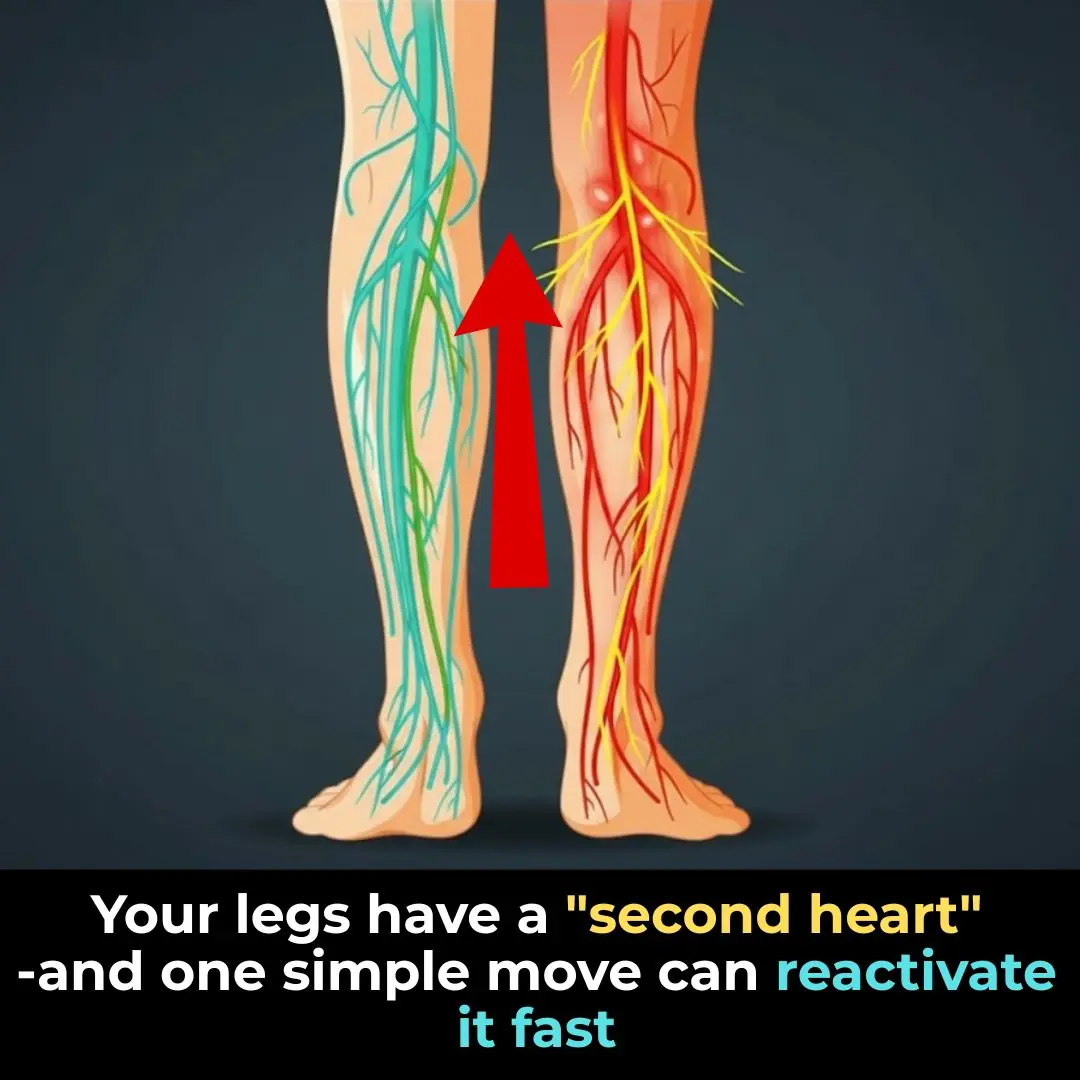
Your legs have a “second heart” — and one simple move can reactivate it fast

Doctor warns: your ‘healthy’ lemon water habit is actually destroying your liver – here’s what you’re doing wrong

How to Tell If You Have Intestinal Parasites and What to Do About That

2026’s hottest health drink: A natural boost for blood pressure and diabetes

This Salt, Pepper and Lemon “Miracle-Mix” Can Help Solve 9 Problems

Scientists Discover The Maximum Age a Human Can Live To

Signs of Arthritis You Shouldn’t Ignore
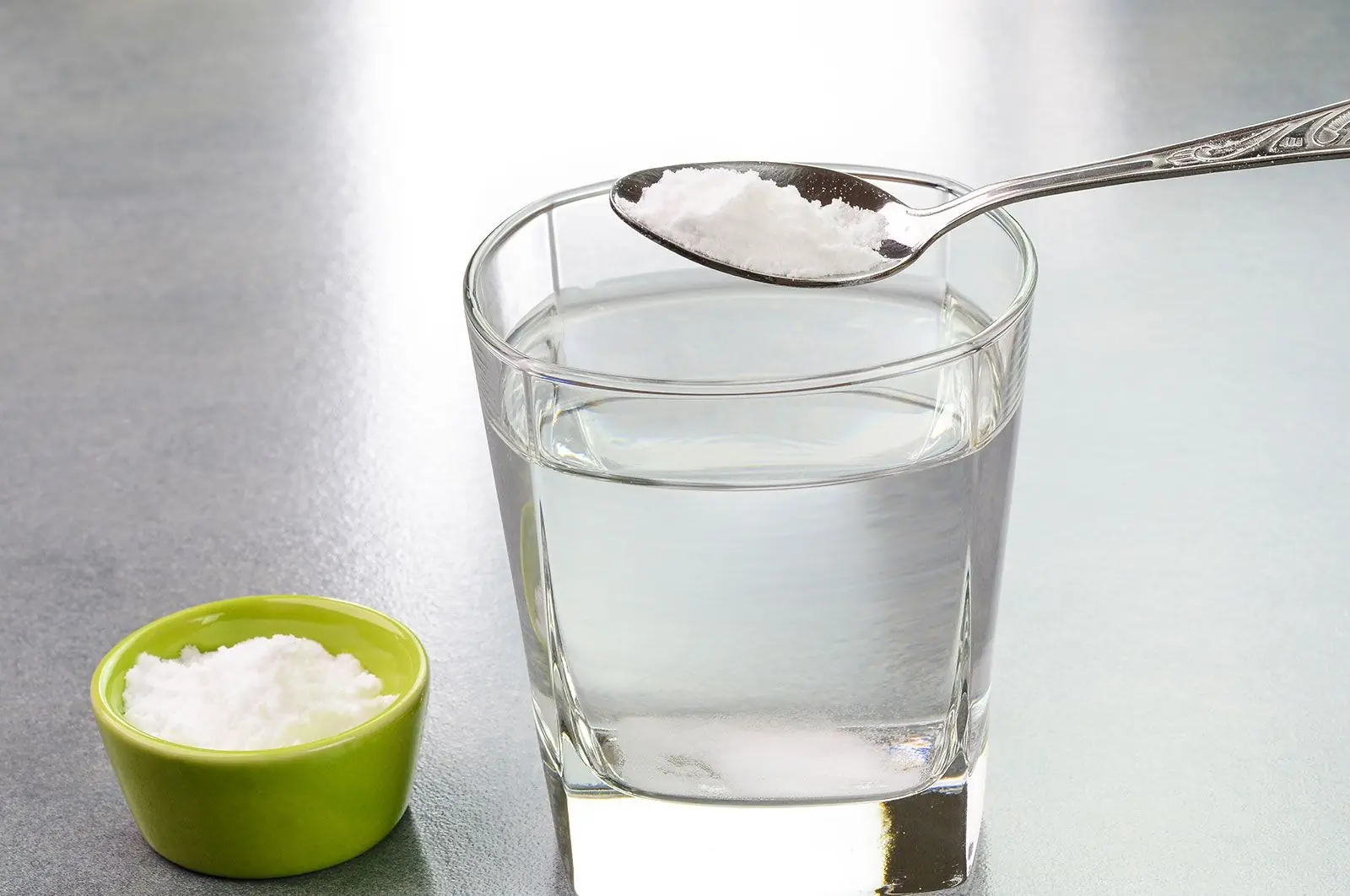
The Life-Changing Effects Of Adding Just A Pinch Of Baking Soda To Your Water
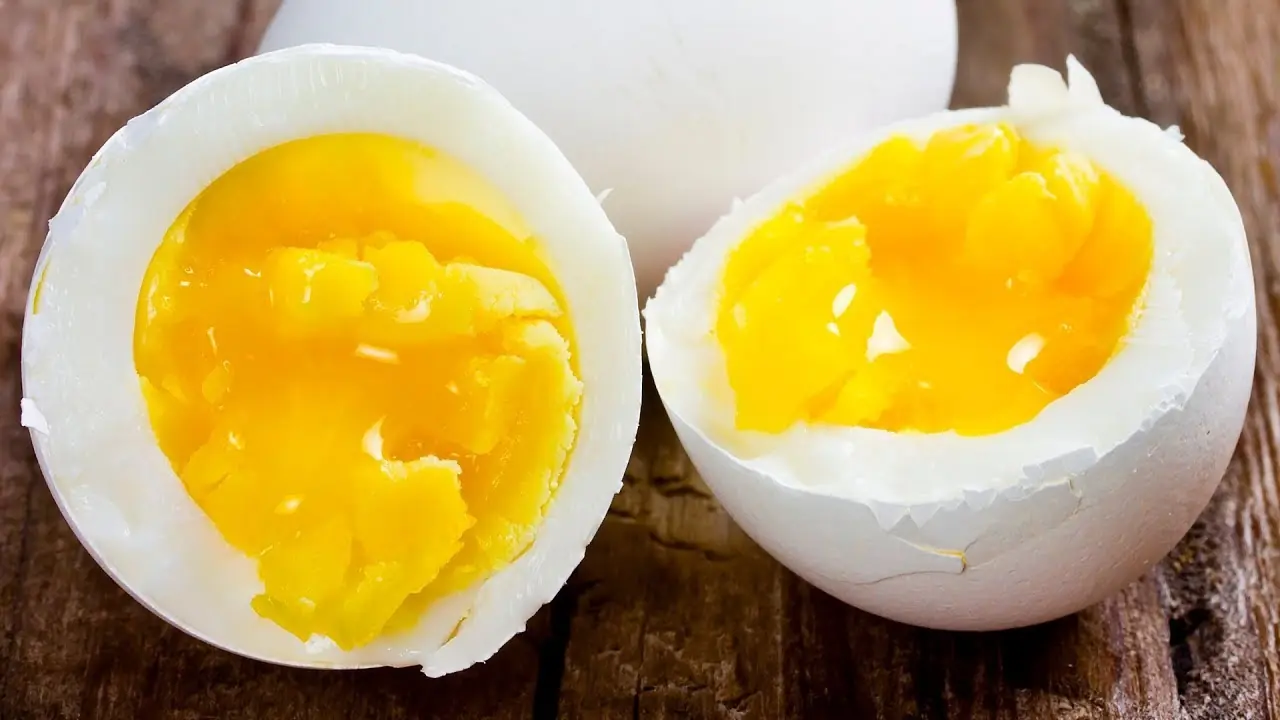
WHAT HAPPENS WHEN YOU EAT 3 WHOLE EGGS EVERY DAY — THE RESULTS MAY SURPRISE YOU

Remove This from Your Home to Live Longer

This Ancient Seed Oil May Calm Knee Pain Better Than Tylenol, Study Finds

This Common Vitamin Deficiency Could Be Raising Your Colorectal Cancer Risk — and Half the World Is Affected

Forget Aspirin — This Everyday Fruit Could Protect You from Stroke and Heart Attack
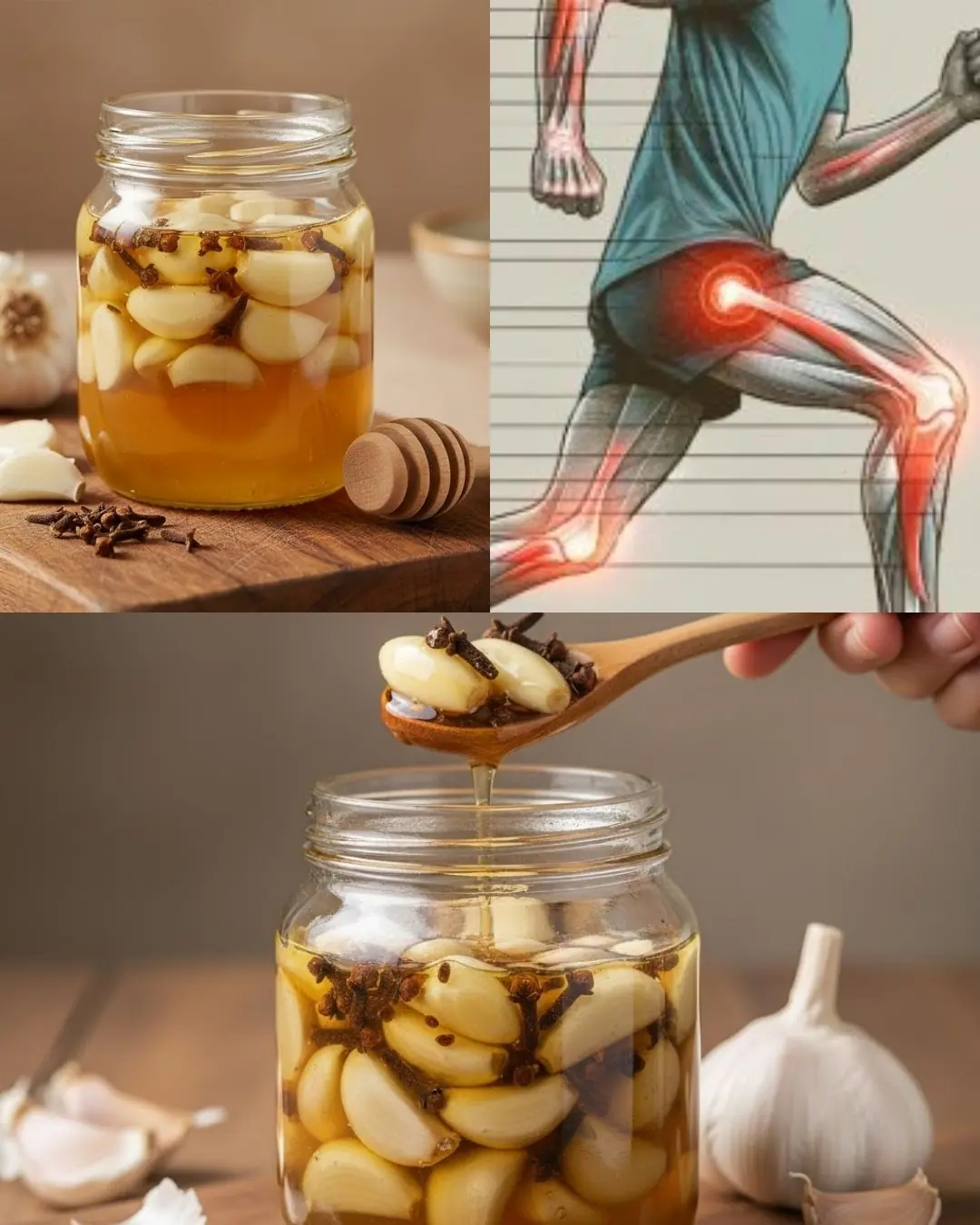
Garlic, honey, and cloves – a powerful natural remedy packed with health benefits

Anyone Whose Hair Is Falling Out Needs To Make This 2-Ingredient Drink Immediately
News Post

BBC EastEnders fans 'floored' after realising Junior Knight actor's real age

The White House Communications Office is saying our story is not true. We stand by our story. Our story is accurate.

D4vd's Friends Thought He Was Celeste Rivas' Boyfriend, Thought She Was 19

Netflix's Being Eddie release date and what to expect from the Eddie Murphy special

Man Builds “Museum Of Love” To Honor Late Wife’s Memory

MAFS UK's Julia-Ruth issues statement after 'three husbands' bombshell

Strictly star Harry Aikines-Aryeetey addresses ‘heartbreaking’ elimination: ‘It’s nice to go out on a party’

Seven Types of Pain You should Never Ignore

Proven Health Benefits and Uses of Thyme and Thyme Tea

Stop throwing out old plastic food containers

6 things that mice are very afraid of

9 cancer warning signs your body is sending you (don’t ignore these!)

Your legs have a “second heart” — and one simple move can reactivate it fast

Doctor warns: your ‘healthy’ lemon water habit is actually destroying your liver – here’s what you’re doing wrong

Why You Shouldn’t Rush to Fold the Bed When Checking Out of a Hotel
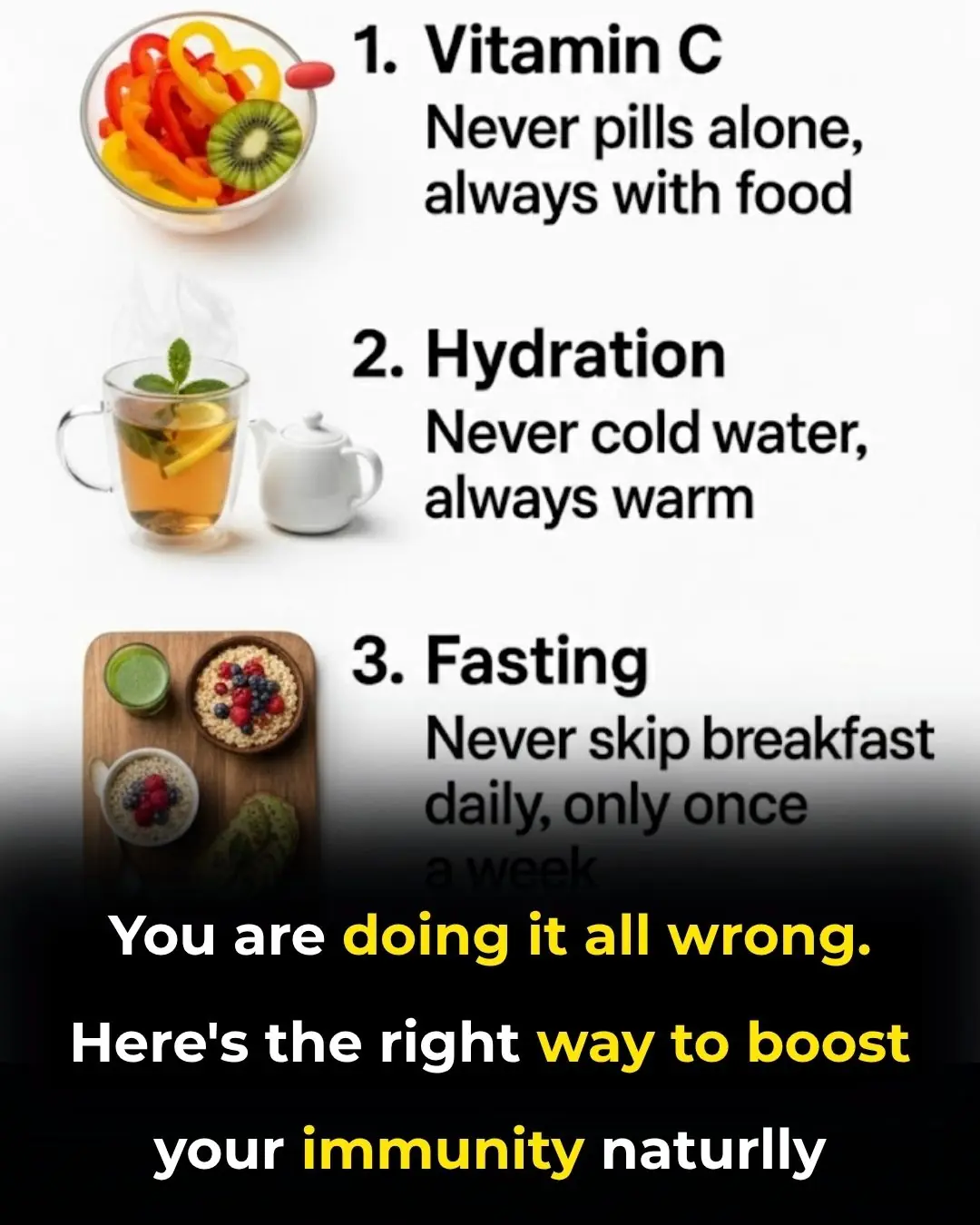
You are doing it all wrong. Here's the right way to boost your immunity naturally

My ear feels clogged all the time, but nothing comes out. No wax of fluid. Doctor appt is far away. What could this be?

Wow, I never knew this!

How to Tell If You Have Intestinal Parasites and What to Do About That
